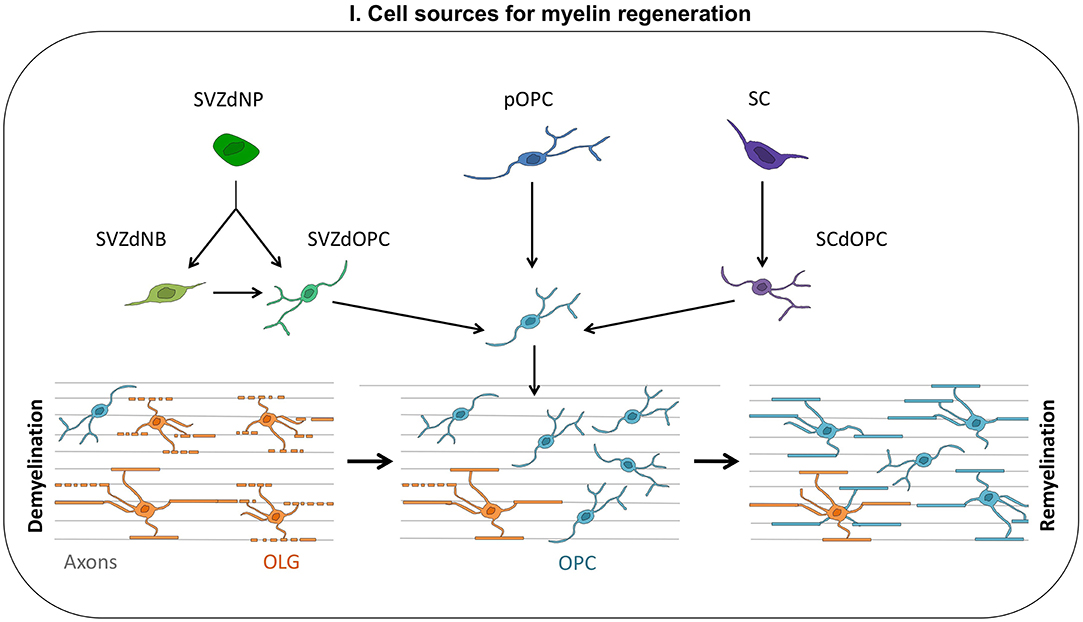
Restoring Myelin Sheath: Promising Results in Mice and Humans
Exciting developments are emerging in the field of myelin sheath repair, particularly in the realm of multiple sclerosis (MS) treatment. Recent studies have shown promising results in mice and lab-grown human tissue with the restoration and regrowth of the crucial myelin sheath. Let’s delve into the details of these groundbreaking findings.
Elevated levels of self-reactive antibodies against the Kir4.1 channel, a protein responsible for controlling the flow of potassium ions into cells, have been detected in research involving myelin sheath repair. ESI1 treatment has been shown to triple the levels of the desired H3K27ac histone mark in oligodendrocytes (OLs), while reducing repressive histone marks. This treatment has proven to be particularly effective in mice and human tissue models, leading to increased myelin sheath production and improved neurological function.
Io Therapeutics, a biotech company, recently announced promising results with an investigational drug for multiple sclerosis that has successfully restored leg mobility and myelin nerve coatings in mice. This breakthrough could have significant implications for MS patients in the future.
Research on myelin repair-promoting therapies for MS has been ongoing, with various preclinical tests and clinical trials showing potential in regenerating myelin sheaths. Strategies focused on remyelination have gained traction, offering hope for preventing neurodegeneration and disability associated with MS.
Multiple sclerosis is characterized by inflammation that damages the myelin sheath, impeding the transmission of electrical signals along nerve fibers. Current therapies aim to address this inflammatory response, although some may lead to adverse side effects.
Studies have identified barriers to remyelination success in MS patients, such as a lack of myelin sheath formation in active lesions and a hostile microenvironment in inactive lesions. However, recent advancements in animal models have provided valuable insights into oligodendrocyte repair mechanisms.
As researchers continue to explore novel approaches to myelin sheath repair, the field holds great promise for enhancing the quality of life for individuals with MS. With several drugs entering human trials to facilitate myelin repair, the future of MS treatment appears increasingly optimistic.





.png?width=1200&height=630&fit=crop&enable=upscale&auto=webp)
